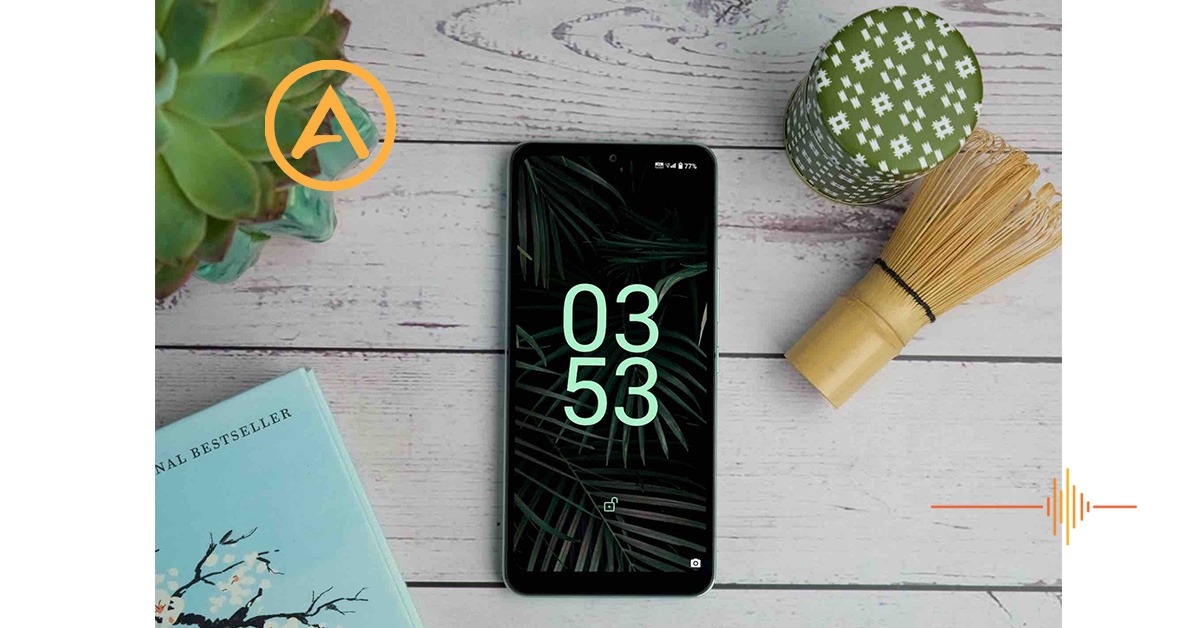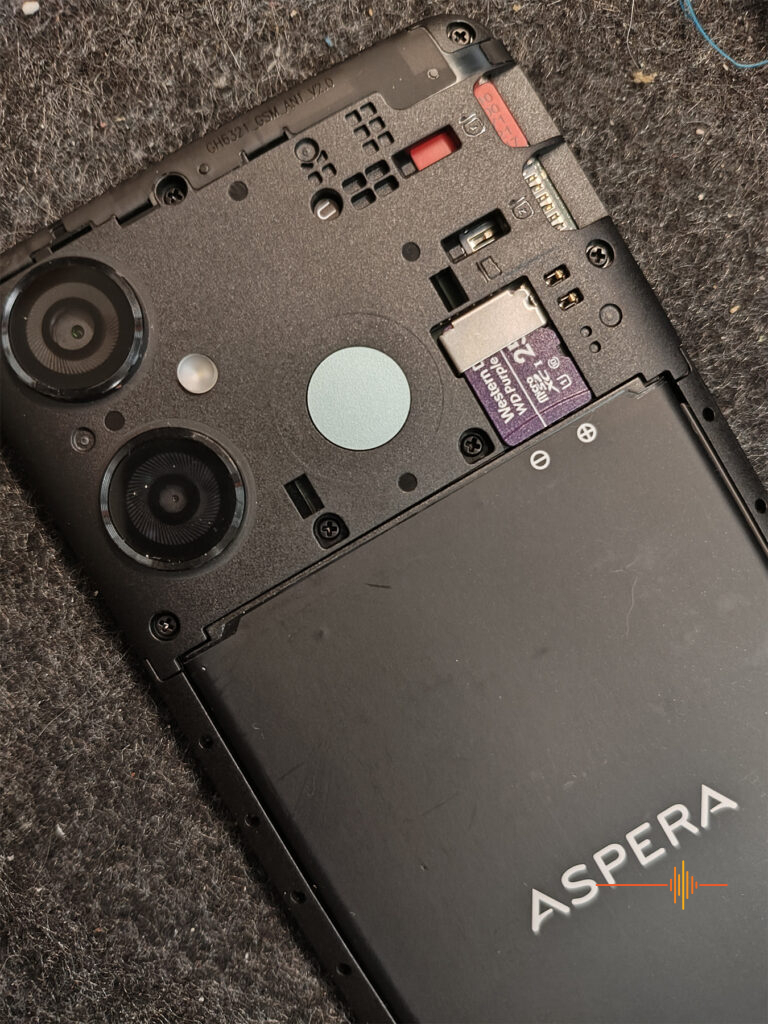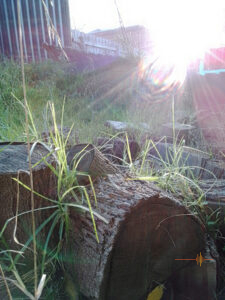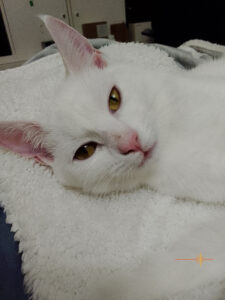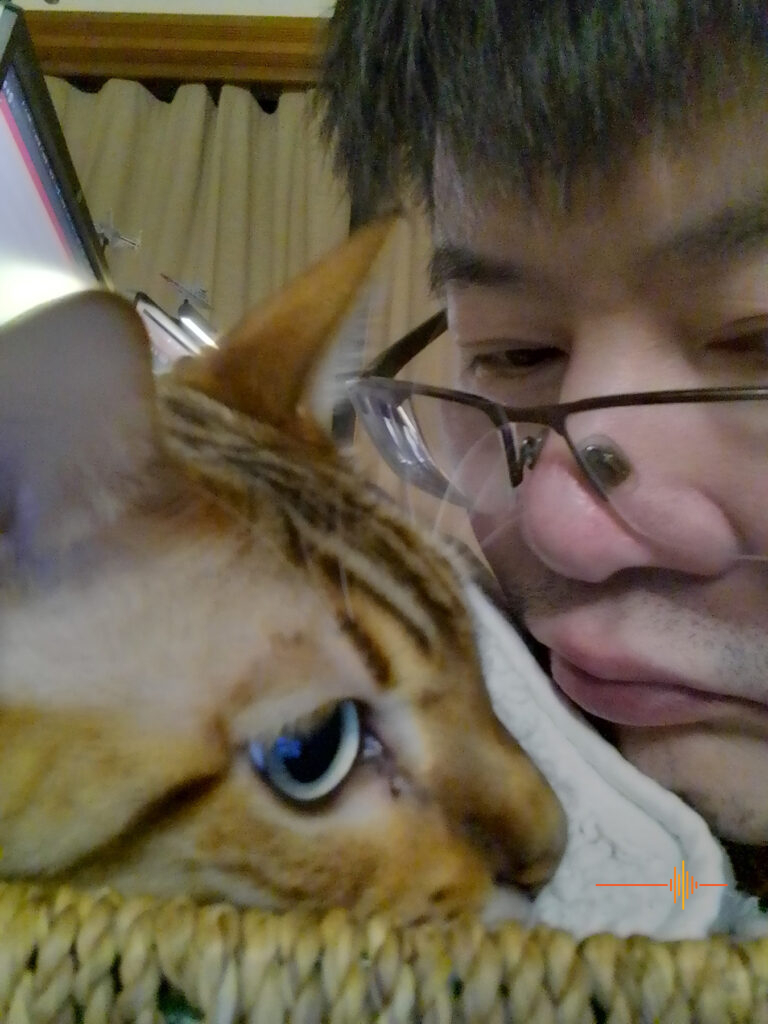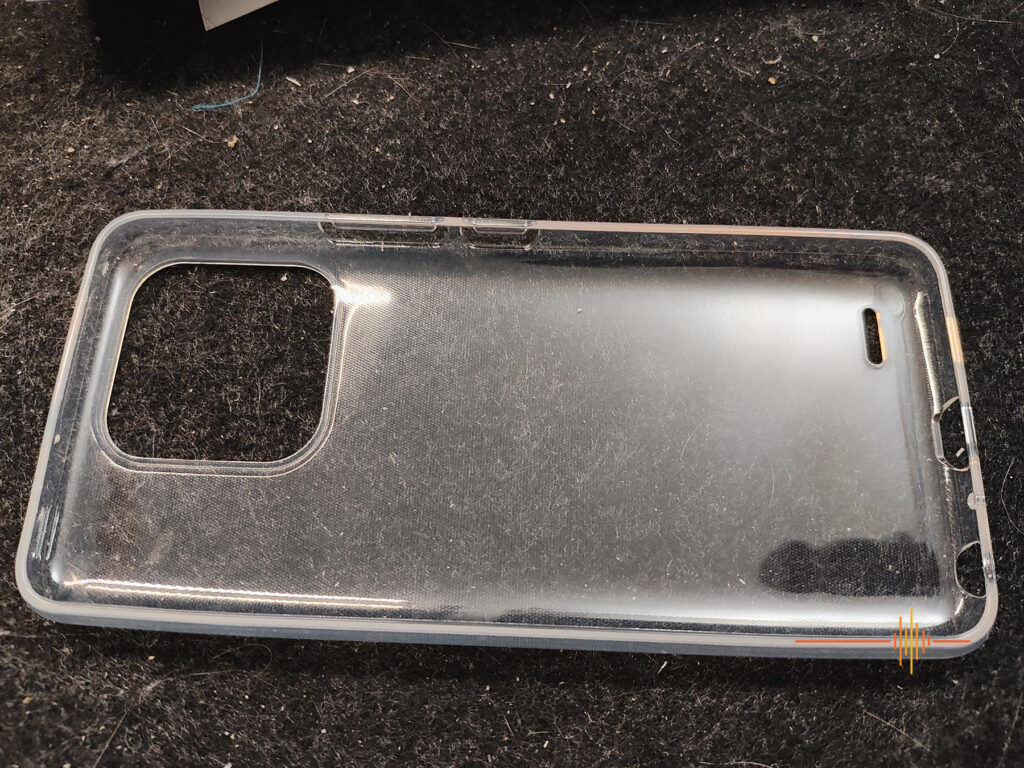Australian brand Aspera Mobile has carved out a niche with their current line up of handsets all priced below the AUD$200 mark. The newly launched Aspera Mobile AS8, with its clever inclusions, will likely find itself taken into many homes.
In media we are constantly bombarded with images of flagship phones, but the simple reality is that the neither the features nor the associated price tag is for everyone. I have watched with some interest as the mid-range market battleground heats up. The low end market still has little coverage and what is available tends to come with huge concessions.
The Aspera Mobile AS8 boasts some enviable features, yet it is priced at just AUD$149.
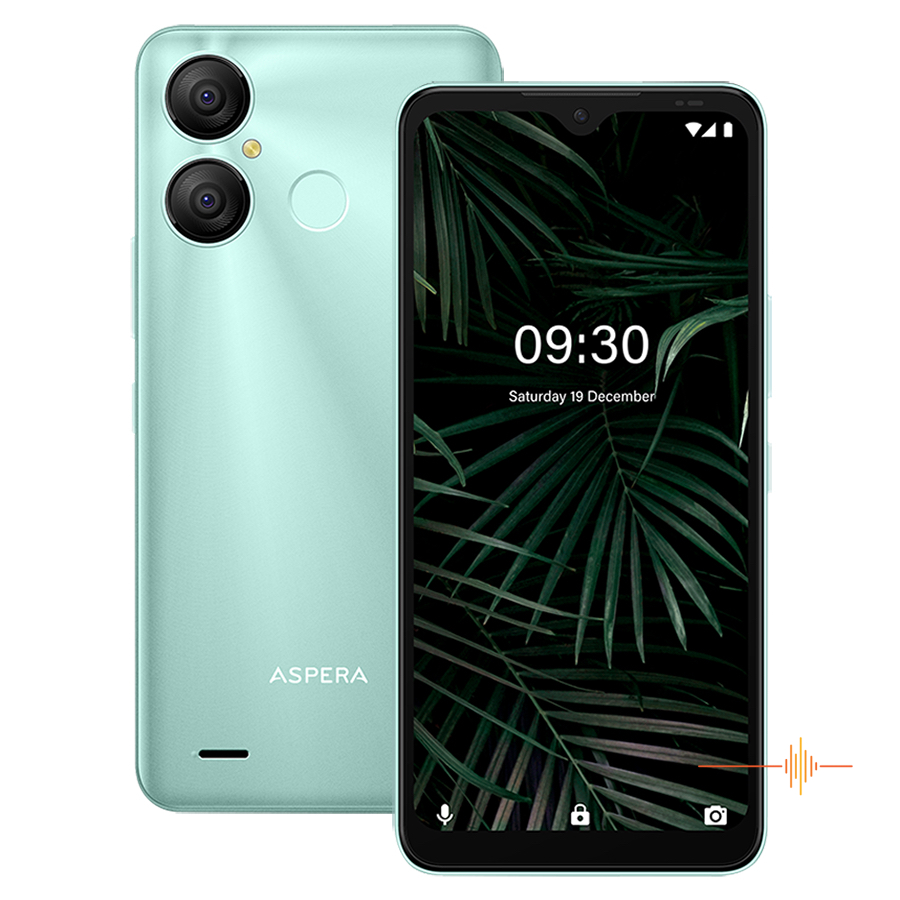
First Impressions
Let’s recap the AS8 highlights from the specifications.
- 6.3″, 18:9, IPS, In-cell HD+, 1600 x 720-pixel display
- Dual 4G SIM slots
- Facial recognition
- Fingerprint reader
- NFC
- 4000 mAh Li-Polymer removable battery
- USB-C
- MicroSD slot
- Bluetooth 5.0
- A free gel case but wait there’s more!
- Also included in the price is a charger and cable.
Just on that alone, the AS8 packs in some incredible value.
The unit itself is a lightweight affair and comes with an attractive minty green back cover. It’s a clever touch that brings a touch of shimmer – who says budget should be boring?
They say everything goes in a cycle. Design, fashion. Putting the AS8 together takes me back to the early years of Android. The back cover comes off, the sim slot wasn’t a tray that needed the “sim removal tool” to poke out. Need to hard reboot the phone? Pull the battery out, literally.
If you miss those days, they will be returning soon thanks to EU legislation. But the future is already here with the AS8.
In Use
Not surprisingly, the AS8 runs Android Go rather than the full fledged Android OS.
My phone review buddy on this review got to transition from the Aspera R9 to the AS8. The very first comment was how nice the green backing is, and the second comment was wow it’s light compared to the R9.
I won’t bore you with the base Android onboarding process, it’s a follow the bouncing ball process that has been around for many years and there is nothing that should surprise. I did run into a glitch which I’ll talk about later.
There were a few key things that we looked out for from the phone. An improvement on performance from the R9 in terms of responsiveness, improvement in camera performance – both for launch time and image quality.
One aspect that we have found we struggle with after extended period using the R9 is resource management. That phone runs the full Android OS and when pushed, struggled to cope with background tasks. Something as simple as notifications can be delayed, bunched up and then mass pushed through much later when there is sufficient cycle to process it. It got to a point where it was so annoying that notifications were completely turned off and as a result, my messages, on any channel, are never seen in a timely fashion.
With the AS8, that problem went away completely and I can now ask for notifications to remain on, with Do Not Disturb mode scheduled to be turned on automatically at bed time.
The second key metrics was the camera quality. The R9 camera struggles to launch, and struggles to capture a good quality image unless the light conditions are ideal. When we went to the Lightscape at the Royal Botanical Gardens a few months ago, the R9 camera really didn’t cope.
With the AS8 though, the performance was much improved in terms of readiness to shoot. I didn’t time the app launch as I consider that to be meaningless in the grand scheme of things. Whilst you are not going to be able to whip it out and capture a fleeting moment from a cold start, you are going to get quite a few more shots that are also useable.
The colour reproduction is not entirely faithful to the subjects, but on screen it also isn’t completely off calibration. If you have an eye for art and colours then it is something to note. But on the other hand, no one will be expecting to reproduce high end art on the AS8. That’s the equivalent of charging $10k for a professional wedding shoot with disposable cameras.
As can be seen from the sample photos, under brighter lighting, the photo quality is pretty adequate. The final photo was taking in the evening indoors. Mochi is a snow white cat and bright yellow eyes, but the resultant photo has grey overtones.
The front camera is a little soft on details and pretty marginal on colour reproduction with a green cast over the scene.
Screen brightness in daylight was more than adequate. We tested it on the rare sunny spring day in Melbourne under direct sunlight and the screen remained clearly readable.
Under fairly consistent use throughout the day, the battery seems to last until night time without drama. This is a good thing because it does take some time to charge up the phone which we do overnight.
Other features
As mentioned in the specs, the AS8 comes with biometric features.
The fingerprint reader is positioned on the back of the unit (vis-a-vis the more expensive under screen sensor).
Initially I thought the position at the bottom of the camera cluster and being on the higher side of the phone would make it awkward to use, but in practice it is quite natural to work with little need to adjust how you gripe the phone.
The performance is more than adequate with accurate recognition of touch and minimal delays in unlocking the phone.
Facial recognition works fine, with a few seconds between it recognising the face and bringing up the home screen.
The AS8 supports both the old Android three button and the modern gesture based navigation.
The inclusion of NFC on the AS8 opens up so many opportunities. If the device is for a child, then adding a child debit or credit card onto the phone means one less thing they have to keep track of. They can just tap and pay for what they need.
Or alternatively, the AS8 can be a low cost device to manage home automation processes that leverages NFC functions.
The AS8 has a microSD slot that supports up to 256GB of additional memory. Simply slot in the card and the system will automatically recognise it. The website says it’s up to 128GB, it’s a lie. The manual says 256GB and I am running it with a 256GB microSD card for the review without issues.
The dual physical sim feature also makes it simple for travellers. For example grandparents who travel between countries to visit family members does not have to fuss with swapping a sim out and replacing it with a local one, and potentially misplacing it. Or in markets where it makes sense to have different providers for different services, having dual sim support allows for flexibility without inconvenience.
One last noteworthy feature to mention is that the Aspera Mobile Customer Support Center is located in Australia to support Australians.
Gripes
Is there much to complain about? Not really. One has to bear in mind the price point of the AS8 when using it and set the expectations accordingly.
One problem I ran into was transferring data from one phone to another. It happened on two different Aspera Android Go handsets coming from full Android. It got stuck at the point of completing the process and I ended having to cancel it to get to the home screen. Chances are this is an Android OS issue rather than any implementation by Aspera, but it would be remiss for me to not mention it.
The System UI does crash from time to time which is inconvenient, it seems to be once or twice a day.
Emails with large attachments could take a while to send.
The backing cover to the phone has a decent attachment on its own. However if you are using the included gel case, trying to remove the case tends to pull the back plate out with it. It’s not the end of the world but probably need a little extra care so you don’t break the clips.
Aspera Mobile does not publicise their OS support schedule. At the time of launch the AS8 was running May 2023 security update which is on par with some other vendors. I know from experience the R9 did not have any updates during it’s lifecycle with me. I would really like this to be addressed as security updates are important.
Conclusions
I have some conception of what demographics and ages should be paired to a price point on mobile phones. We do a lot of hand me down technologies in the family despite having better than average access to gadgets.
For me the AS8 really fits in at the late primary school age where kids are starting be given some independence, to around end of Year 8 where they are better on track with ownership and responsibilities.
On the other end of the scale, it works for people who still use a phone as a phone and little more. It has just enough features to cater for the casual smart phone users. The convenience of biometric security feature will help the adoption of better management of risk profiles. A lot of the older generation still go with no PIN or simple PINs on their phones.
The Aspera Mobile AS8 4G smartphone is available now and can be purchased for just $149 at retailers including Big W, Ritchies IGA, Seasons IGA, Freedom Fuels, Trinity Petroleum, Mobileciti, Personal Digital, Mobile Experts and selected BP service stations.
DRN would like to thank Aspera Mobile for providing the review unit.
Whilst it is not without flaws, in recognition for what Aspera has achieved and provided in this package, we are giving the AS8 the Pulse Award. Congratulations!
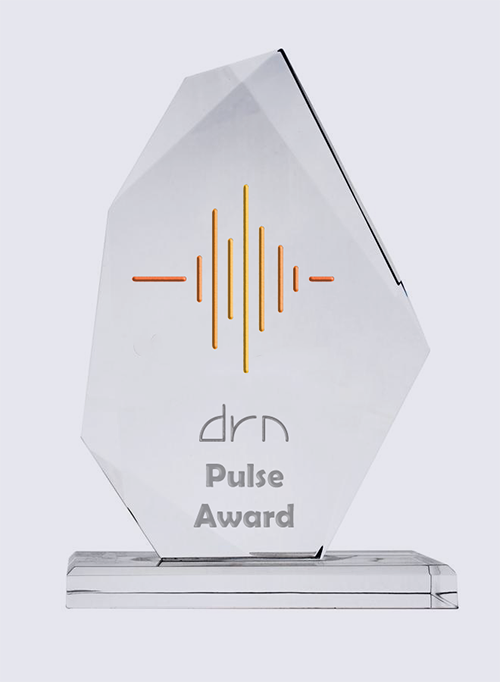
Specifications
Network frequency: 4G – Bands 1/3/5/7/8/28A+B; 3G – 850/900/2100MHz; 2G – 850/900/1800/1900MHz
Performance:
Octa-core (8x 1.6GHz) processor
Dual 4G SIM cards and 1 Micro SD card
RAM: 2GB
ROM: 32GB
OS: Android 13 (Go edition)
NFC
Facial recognition
Fingerprint sensor
Expandable memory by Micro SD card to 128GB maximum (Not included in the box)
Design / Display:
6.3″ HD+ IPS display
18:9 aspect ratio
SIM one slot – Nano
SIM two slot – Nano
Separate Micro SD card slot
Connectivity:
4G and 3G mobile data
Wi-Fi
Wi-Fi Hotspot
VoLTE
VoWiFi
USB tethering
Bluetooth 5.0 LE (Low energy)
USB-C port for computer connection to transfer files
Battery: 4000mAh Lithium-Ion
Construction:
USB type C port for charging and data transfer
3.5mm headphone jack
Removable back cover, replaceable battery
Dimensions: 160.75*75*9.6mm
Weight: 190g
Camera:
Rear 8MP + 0.08MP Front 5MP
Auto Focus
Zoom x4
HD video recording
14 x Scene modes


